Leather is one of the few materials that endure the test of time, emerging with a new sense of beauty as it ages. But an astounding amount of cowhide—approximately 40%—used in the automotive industry is discarded owing to wrinkles, scratches and a change in its organic shape, contributing to a colossal wastage of scraps. Addressing the issue of leather waste, Rotterdam-based Studio Simone Post collaborates with Yoon Seok-hyeon—a Korean conceptual designer and material researcher based in the Netherlands—to bring forth an inventive solution dubbed Four Tenths. Made with upcycled leather scraps, the collection of bean bags accentuates the neglected potential that resides in what is deemed waste. “Creating something from scratch, working with your hands, playing, envisioning, questioning, and making; I think this is our core nature as human beings—working with the materials around us and imagining something new which wasn’t there before,” says Simone Post, founder of her eponymous textile design and product design studio.
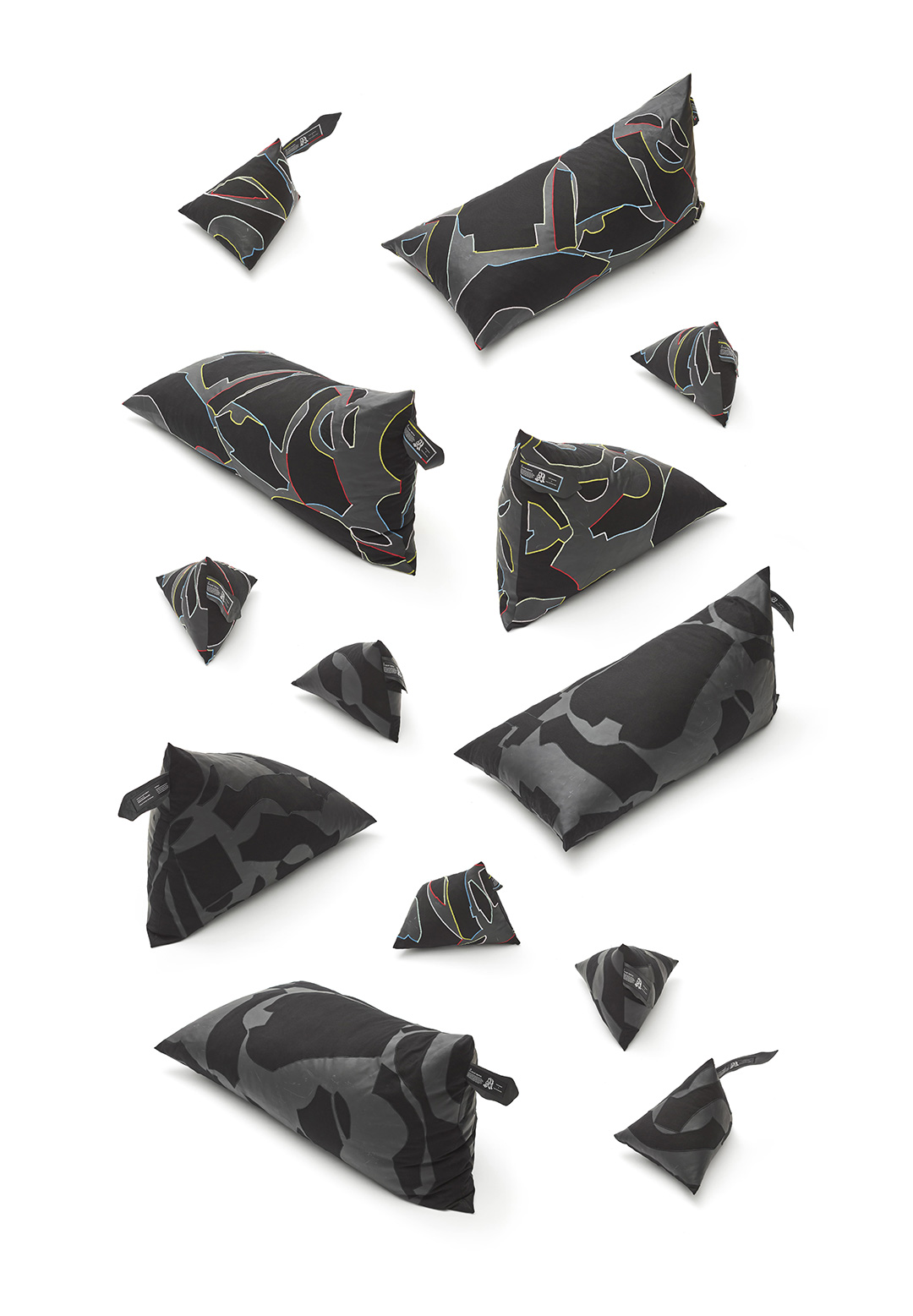
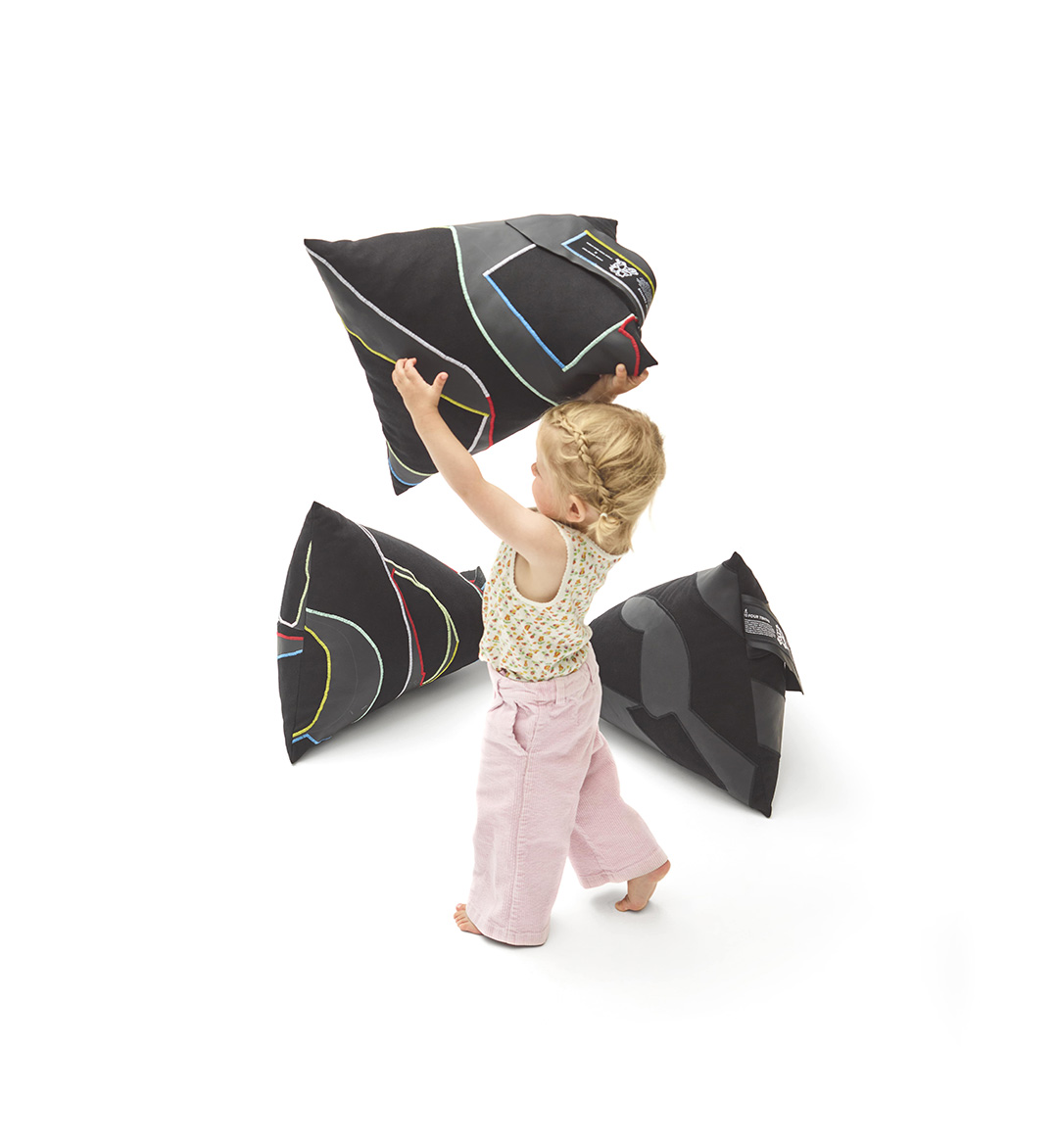
During her visit to a leather manufacturer for the automotive industry, Post encountered nearly 30,000 hides being processed in a day, out of which a staggering amount made its way to the landfills. She observed a similar plight through her visits to other product manufacturers Innately fuelled by a quest for novelty, the product designer conceived the leather ensemble as a response to the current context. The collaborators identified a pressing need for new applications of discarded scraps, while preserving the intrinsic qualities of leather. “I have visited many furniture manufacturers and all of them have a significant amount of leather offcuts waste,” says Post. “I hope through this project people realise that there are still new products which could be made out of these materials instead of discarding them,” she adds.
What caught the designers’ eye was the striking and strange sizes of the scraps. A cowhide has a naturally peculiar shape, which entails waste of material while cutting. Often, there is an entire grid of such skin from which pieces are extracted. “I would like to visually tell the story of this process by using these cut-out skeletons,” shares Post, who believes that each piece of clipping waste must be treated with the utmost respect.
Employing discarded leather skeletons from Hungary, GOTS certified ecological cotton from Turkey, recycled polyester and recycled mattress foam from the Netherlands, Four Tenths is a culmination of conscious material choices. Barring the physical characteristics of the materials used, the designers also paid heed to where the materials are sourced from—favouring recycled products that is made relatively local. “We think it is very important to communicate on the label exactly what all the materials are made of and where they are being made in addition to where the end product is assembled—which is usually the only information communicated,” the Dutch designer says.
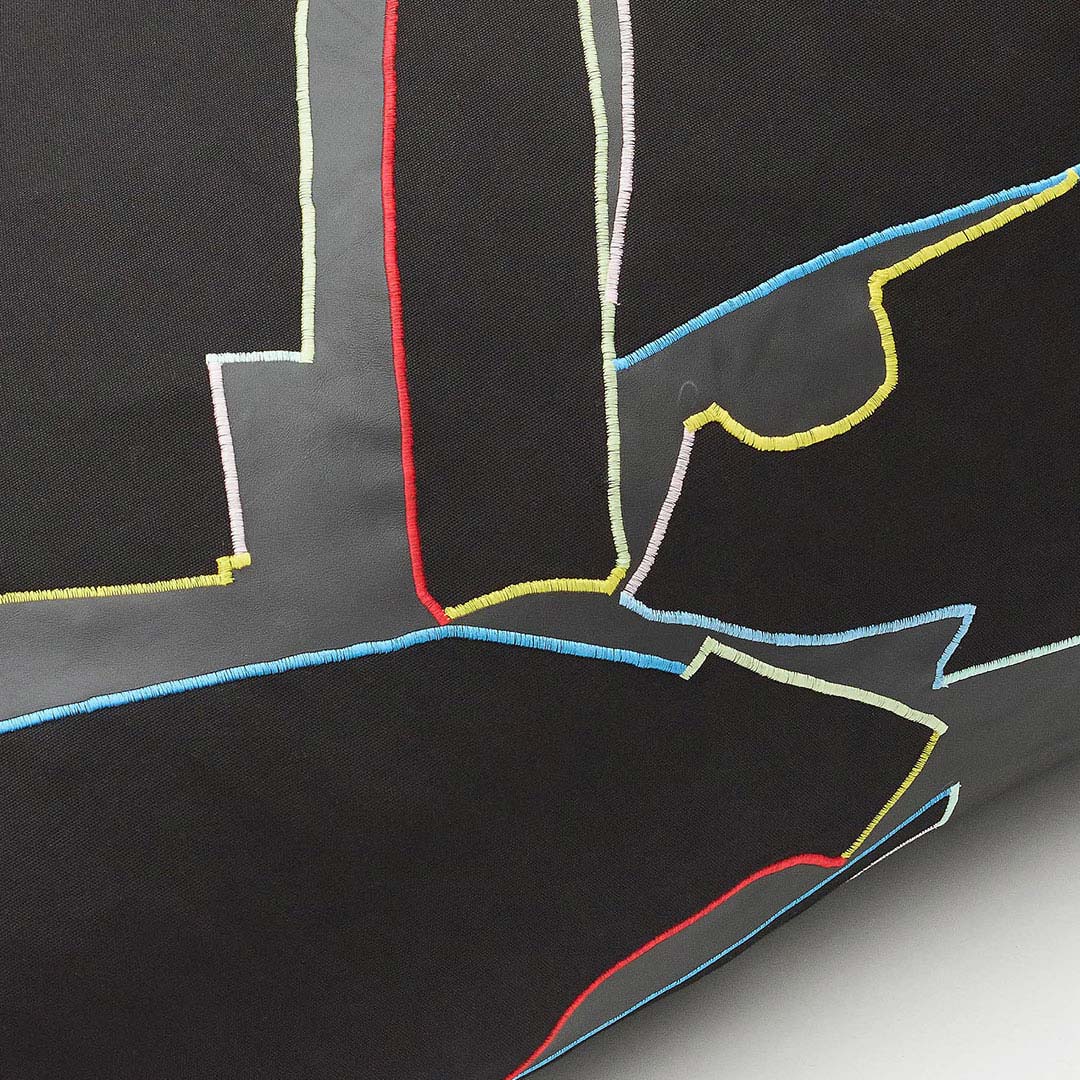
Functionality and sustainability operate in the design in tandem. The material for filling, for instance, was experimented with until it met the requisites of comfort—a light material that morphs in accordance with the shape of the body. The bean bags are developed in three sizes and two colourways with unique graphic patterns derived from the untampered offcuts of automotive parts. The biggest one is composed of a full hide which can birth two medium-sized or eight small-sized bean bags. “It was important that we could make all variations logically out of the same size so we would not have offcuts in the process. That is also why the shapes are built up out of a rectangle, so we don’t have any clippings,” the designer explains.
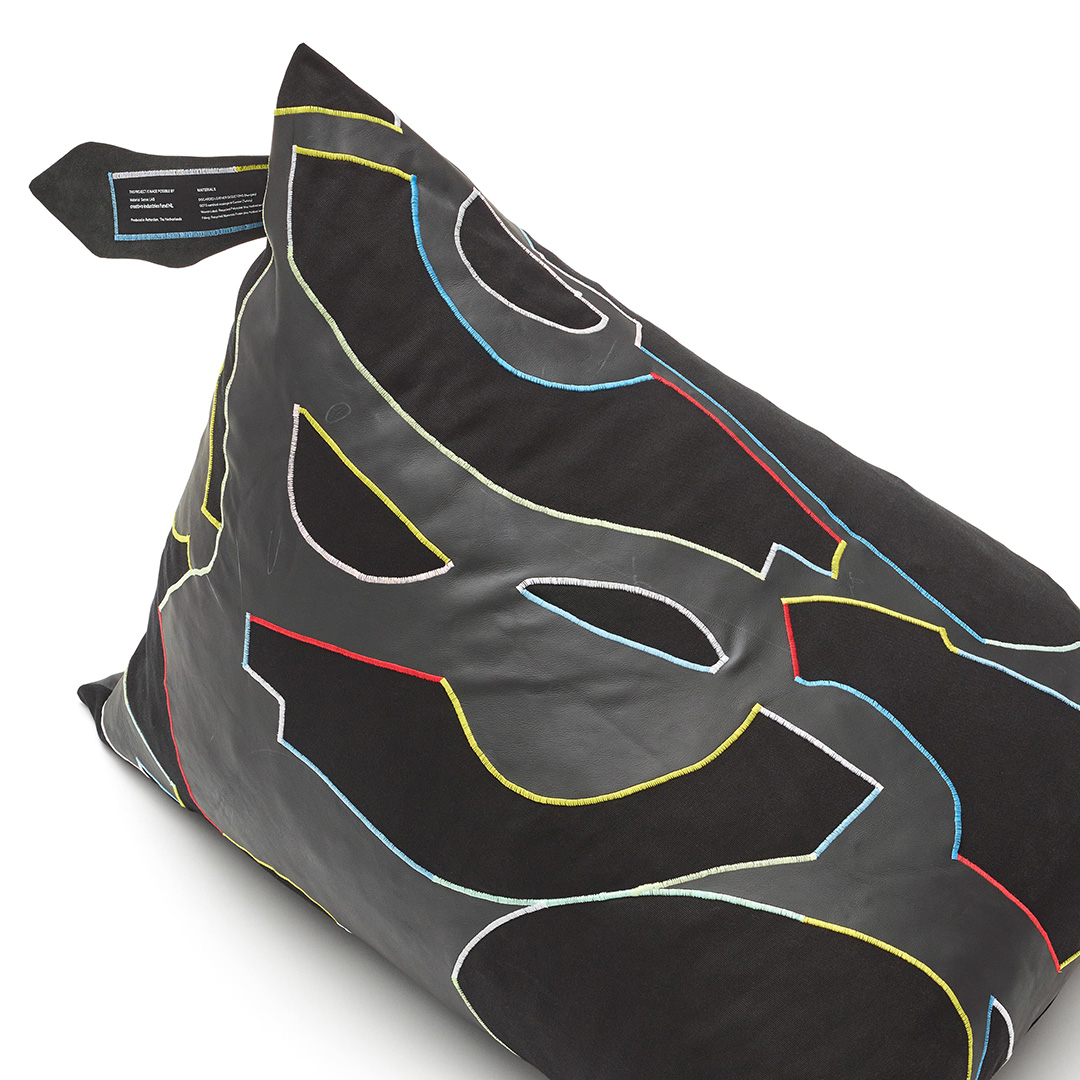
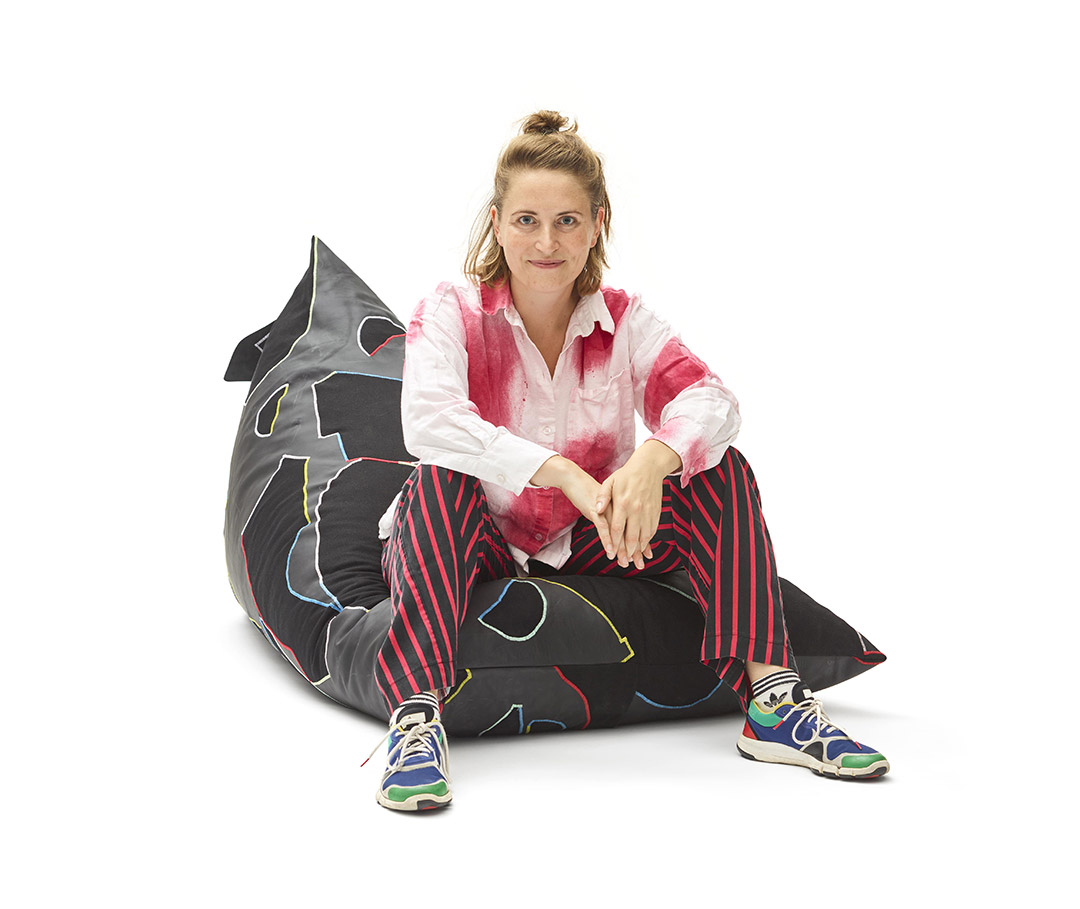
Together, the creators envisioned Four Tenths to be a “smartly made” design that epitomises economic and ergonomic accessibility. Post recognises that there are gaps in the project which the team aims to fill with time—replacing GOTS-certified cotton with recycled cotton and seeking a new purpose for the internally produced waste. “As of now, we majorly come across recycled polyester, but it would be great if the process of recycling cotton, wools, and leathers grows, and the collecting, sorting, and recycling of post-consumer goods improves,” says Post, articulating her hopes for the future of sustainable design and circular design.
In a time of amplifying voices against animal cruelty and a corresponding spike in vegan alternatives, leather finds itself in the midst of simmering controversy, often raising the question of whether the beloved material should be used at all. But on closer introspection, as long as people continue to consume meat, there will be an abundance of skins. Through Four Tenths, Studio Simone Post and Studio Yoon Seok-hyeon highlight the underlying and often overlooked potential in the hides otherwise destined for the landfills—a reminder that ‘waste’ is merely subjective.






 Sign in with email
Sign in with email


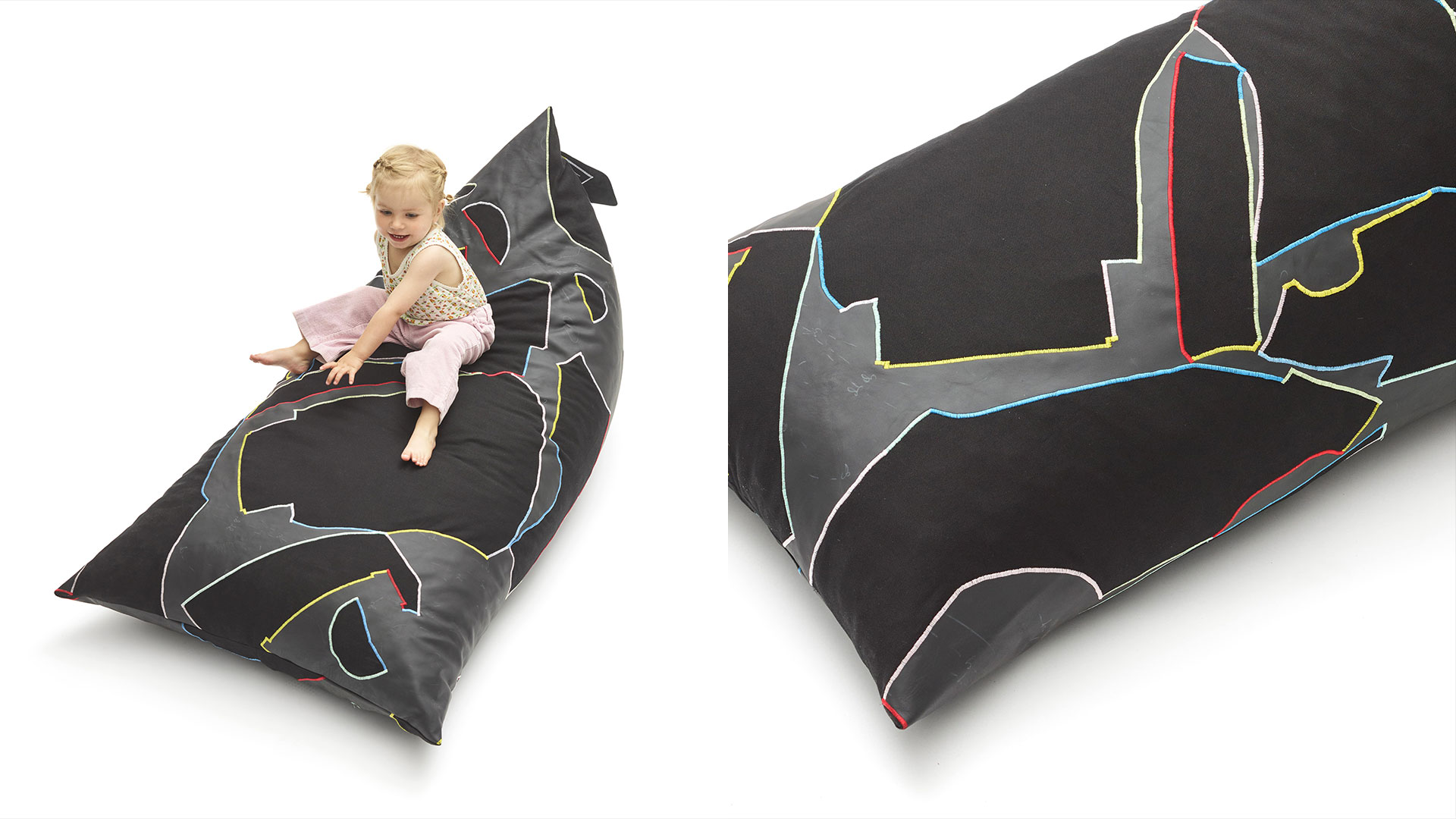
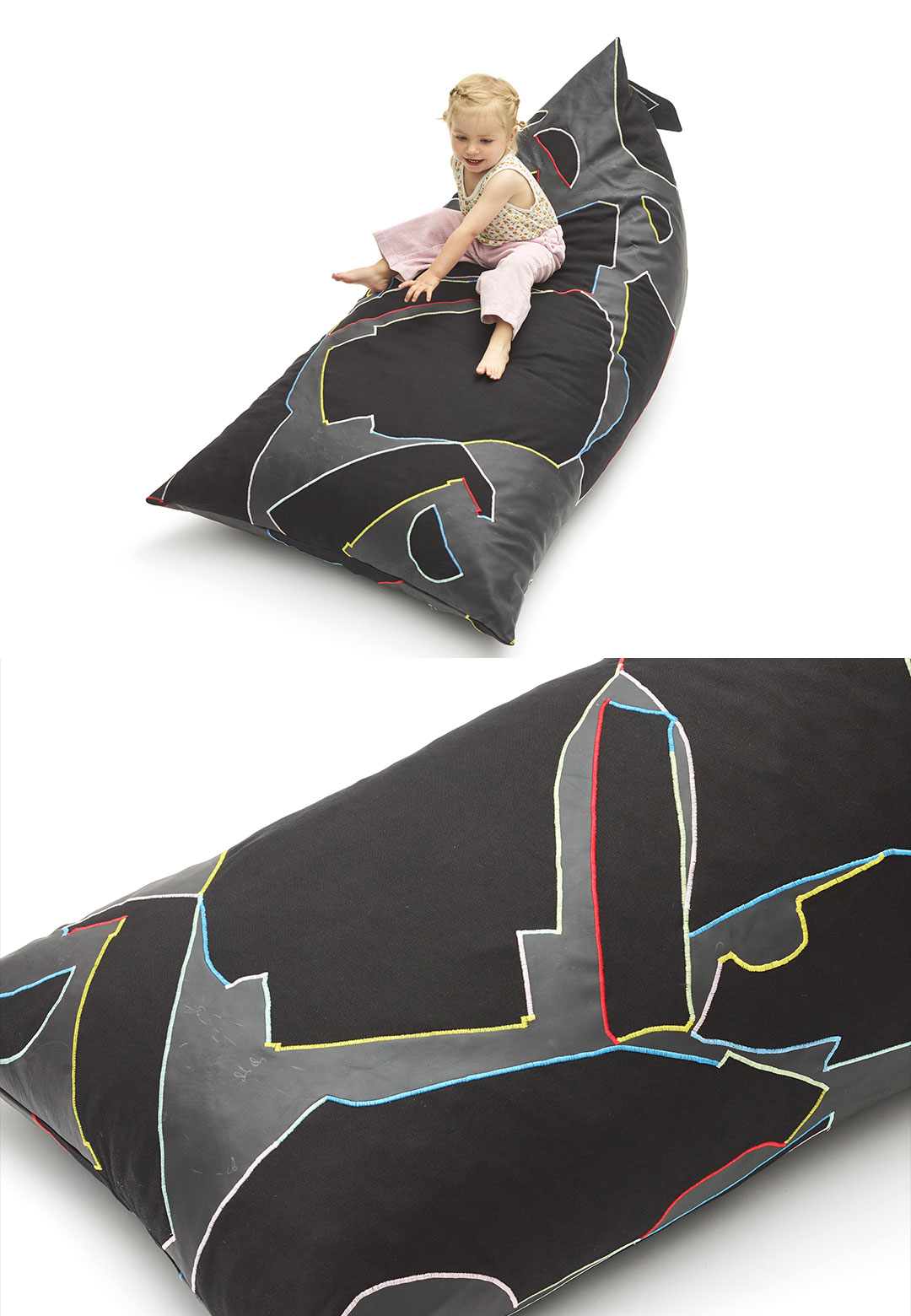
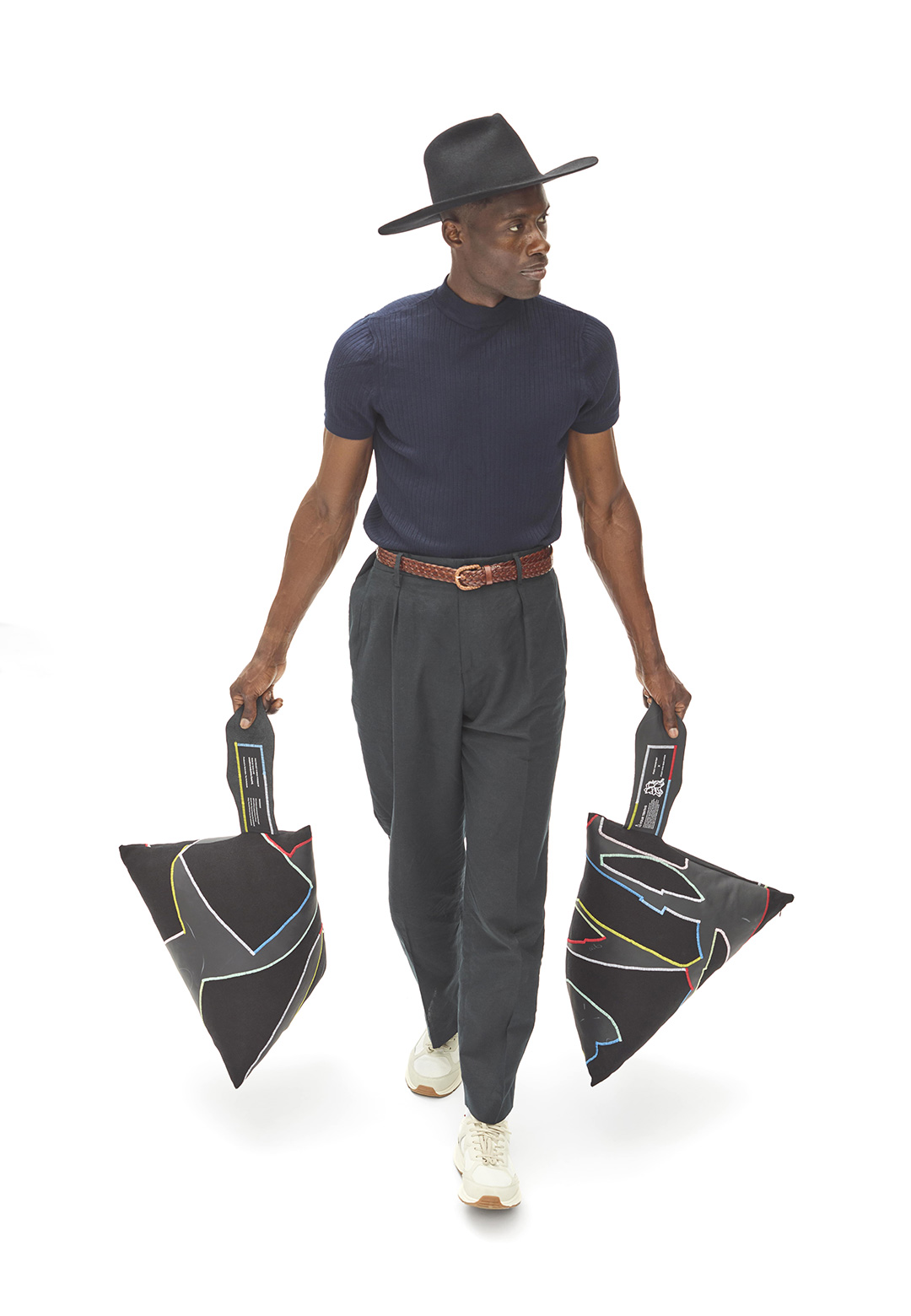
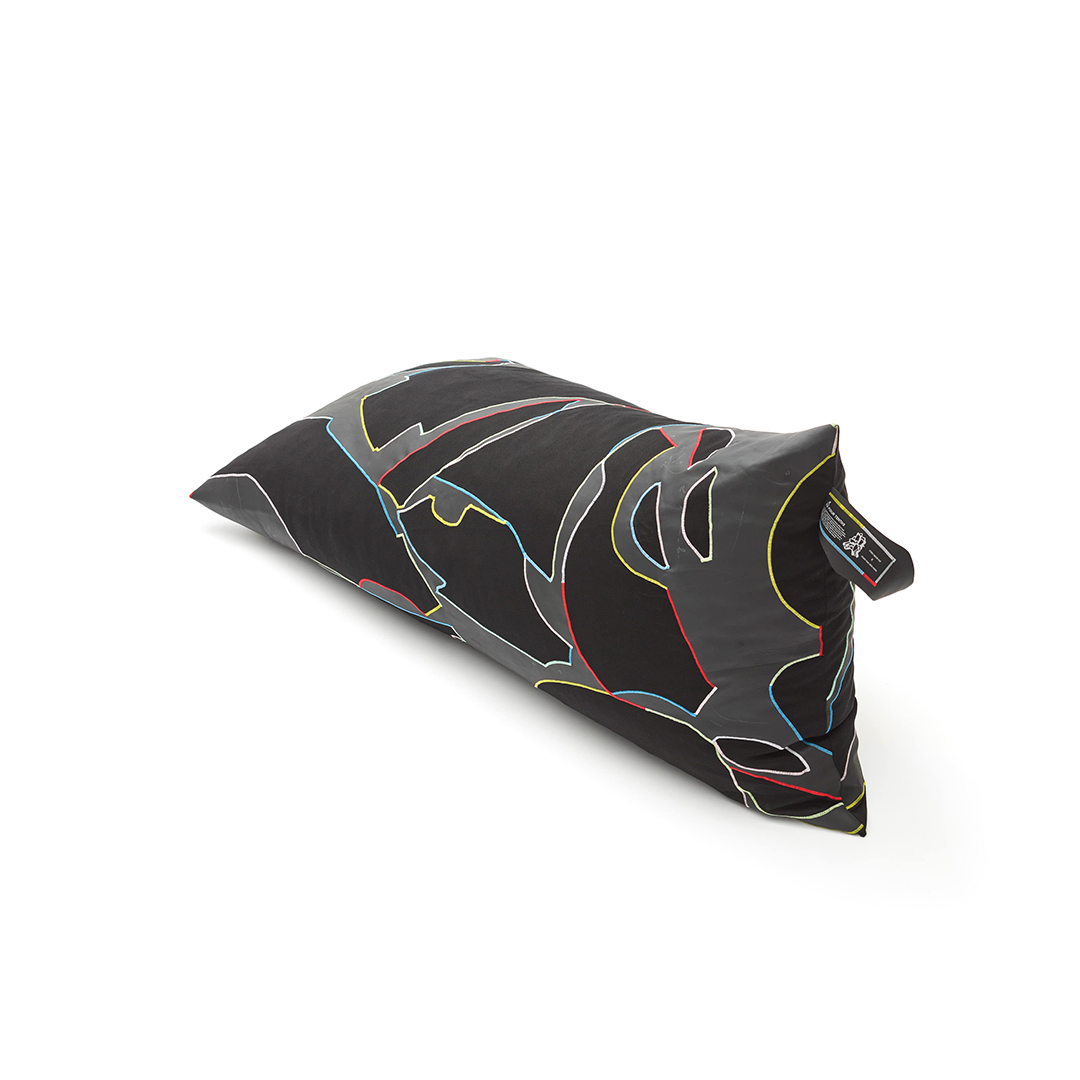
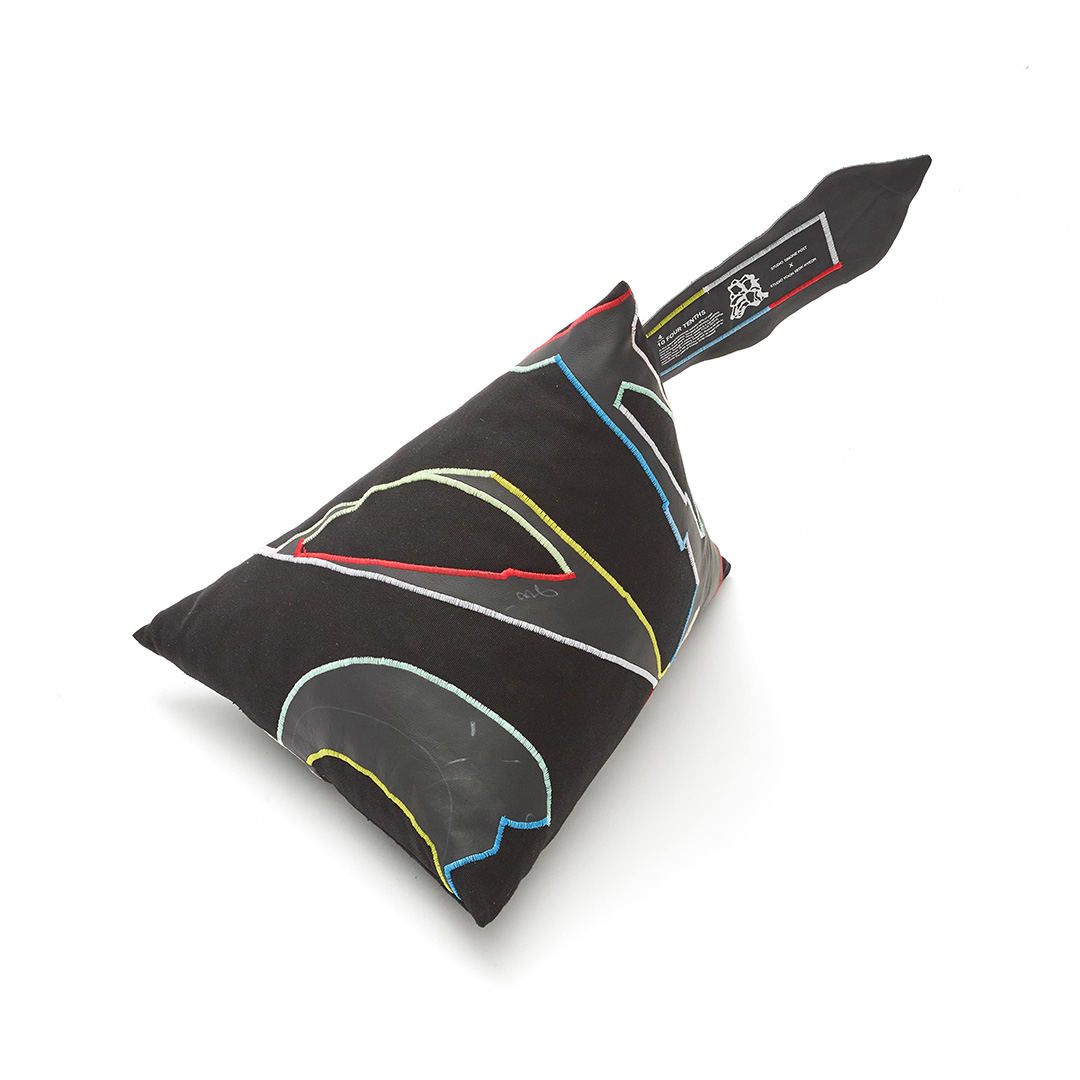






What do you think?